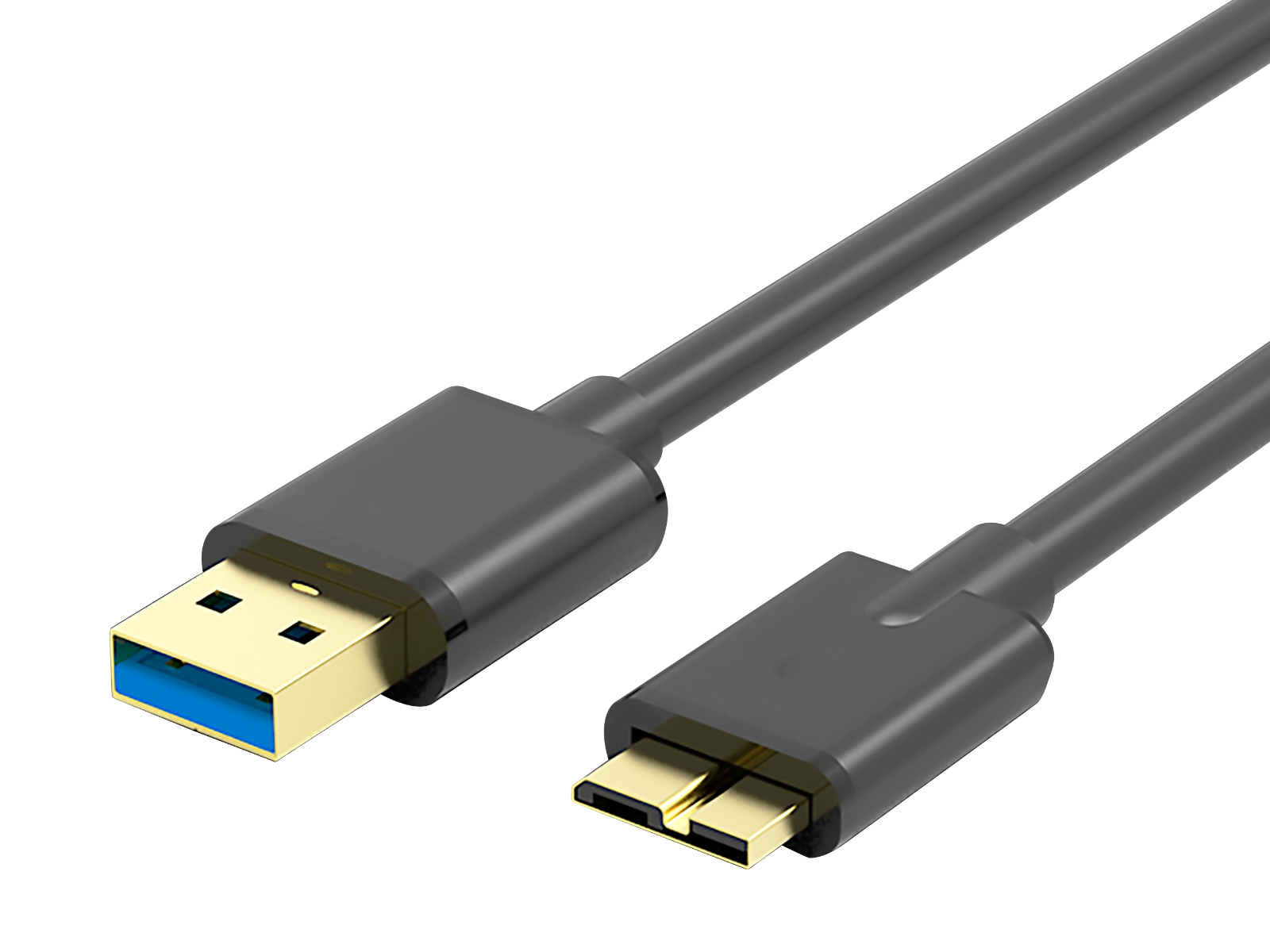USB (abbreviation of Universal Serial Bus) is an industry standard that establishes specifications for cables, connectors, and protocols for connection, communication and power supply between personal computers and their peripheral devices.

The three sizes of USB connectors are the default or standard format intended for desktop or portable equipment, the mini intended for mobile equipment, and the thinner micro size, for low-profile mobile equipment such as mobile phones and tablets. There are five speeds for USB data transfer: Low Speed, Full Speed, High Speed (from version 2.0 of the specification), SuperSpeed (from version 3.0), and SuperSpeed+ (from version 3.1). The modes have different hardware and cabling requirements. USB devices have some choice of implemented modes, and the USB version is not a reliable statement of implemented modes. Modes are identified by their names and icons, and the specifications suggest that plugs and receptacles be color-coded (SuperSpeed is identified by blue).
Unlike other data buses (such as Ethernet), USB connections are directed; a host device has “downstream” facing ports that connect to the “upstream” ports of devices. Only downstream facing ports provide power; this topology was chosen to easily prevent electrical overloads and damaged equipment. Thus, USB cables have different ends: A and B, with different physical connectors for each. Each format has a plug and receptacle defined for each of the A and B ends. USB cables have plugs, and the corresponding receptacles are on the computers or electronic devices. In common practice, the A end is usually the standard format, and the B side varies over standard, mini, and micro. The mini and micro formats also provide for USB On-The-Go with a hermaphroditic AB receptacle, which accepts either an A or a B plug. On-The-Go allows USB between peers without discarding the directed topology by choosing the host at connection time; it also allows one receptacle to perform double duty in space-constrained applications.
